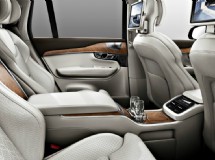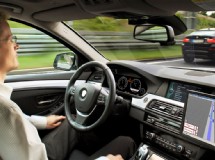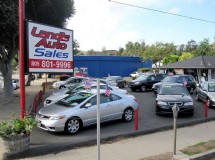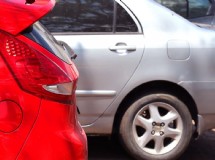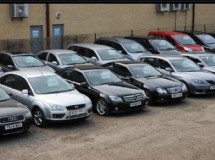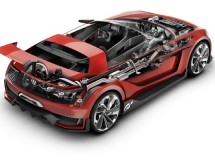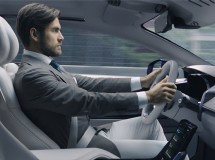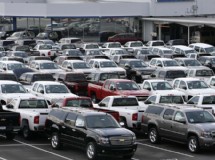It looks great, the price is right and you have set your mind on owning a motorcycle just like it, then you ride it and find that it is very uncomfortable and does not fit you at all. This scenario has been played out many times over the years, and it can catch out experienced riders as much as a novice. But it is not always possible to test ride a machine before buying it (it may be located in another country, for example).
To give the novice buyer of a classic motorcycle a good starting point, the following description of riding various classics will help to steer them toward a machine that will meet their requirements.
British Bikes
For many, a British Bike is the epitome of a classic motorcycle, but British motorcycles have limitations and drawbacks that a potential buyer must be aware of: looks may not make up for shortcomings such as vibration problems! In addition, many of the earlier British bikes were small in comparison to today’s machines, which is a plus point for someone looking for a low seat height, but a negative for someone more than six feet tall.
Needless to say, a lot depends on the make, model or year of any bike, but in general the following riding experience can be expected from a British bike:
- Handling – good to excellent
- Brakes – adequate at the time (may be very disappointing to a rider familiar with current bikes)
- Engine – generally strong but will require regular maintenance of such items as valve clearances (where applicable). Also, as mentioned above, the parallel-twins were renowned for their vibrations, this applied to most capacities of British bikes from 350-cc to 850-cc.
- Gearbox – for the most part, British bikes had strong gearboxes but were typically described as “clunky” during gear selection; some machines were difficult to get into neutral, too.
- Performance – fuel consumptions were much better on the older machines as they did not have any emission control systems. Machines from the 60s were slow compared to their modern day counterparts but would easily reach the legal speed limits in most countries (depending on the engine size).
- Electrics – the first modification or update most people make to classic British bikes is to replace the ignition and charging systems, especially where Lucas products were OEM.
Italian Bikes
Italian manufactures such as Ducati and Moto Guzzi have long been favorites of classic buyers. For the most part, buyers are drawn to Italian bikes because of their looks as much as their performance. In general, Italian bikes are considered to have good handling and reasonable performance.
- Handling – generally good, but varies considerably between makes and models. Many of the larger capacity (500-cc and above) machines have relatively slow steering suitable for long fast corners but rather cumbersome on tight twisty roads.
- Brakes- typically adequate for the time, but poor by today’s standards, in particular early disc brake system.
- Engine – generally have good reliability records, but maintenance history should be checked carefully (parts can be expensive and/or difficult to find).
- Gearbox – not a strong point on some Italian bikes, many riders find selecting neutral to be difficult.
- Clutches – lever action is generally very heavy.
- Performance – for the most part, Italian bikes have similar performance levels to their British counterparts.
- Electrics – unfortunately, Italian bikes earned a reputation for poor electrics. In particular the switch assemblies are a known problem area.
American Bikes
The most popular style of Classic motorcycles built in America is the cruiser – typically Harley Davidson’s. The riding experience a buyer can expect from a large capacity V-Twin is one that suits the American highway system well, but is lacking when used on tight, twisty, European type roads.
Riding long hours in a relaxed comfortable position are what machines designed with cruising in mind are all about, and although heavy, these machines are relatively easy to handle due to their low center of gravity and corresponding low seat height.
- Handling – good on long straight roads, poor ground clearance and chassis geometry make for poor cornering abilities.
- Brakes – as per the British or Italian machines, the brakes on most American bikes were adequate at the time but are poor compared to modern standards.
- Engine – strong low down torque makes this design popular with cruisers. Early examples had various problems with the oiling systems. Harley’s evolution engines (introduced in 1986) were much improved over earlier versions.
- Performance – adequate top speed, but with excellent low down torque which gives these machines good acceleration away from stand still. Fuel consumption is comparable with similar capacity offerings from Britain or Italy.
- Electrics – generally good.
Note: As there are almost limitless aftermarket options available for Harley Davidsons, improving a particular model’s performance, or personalizing a particular machine, is relatively easy.
SHARE

